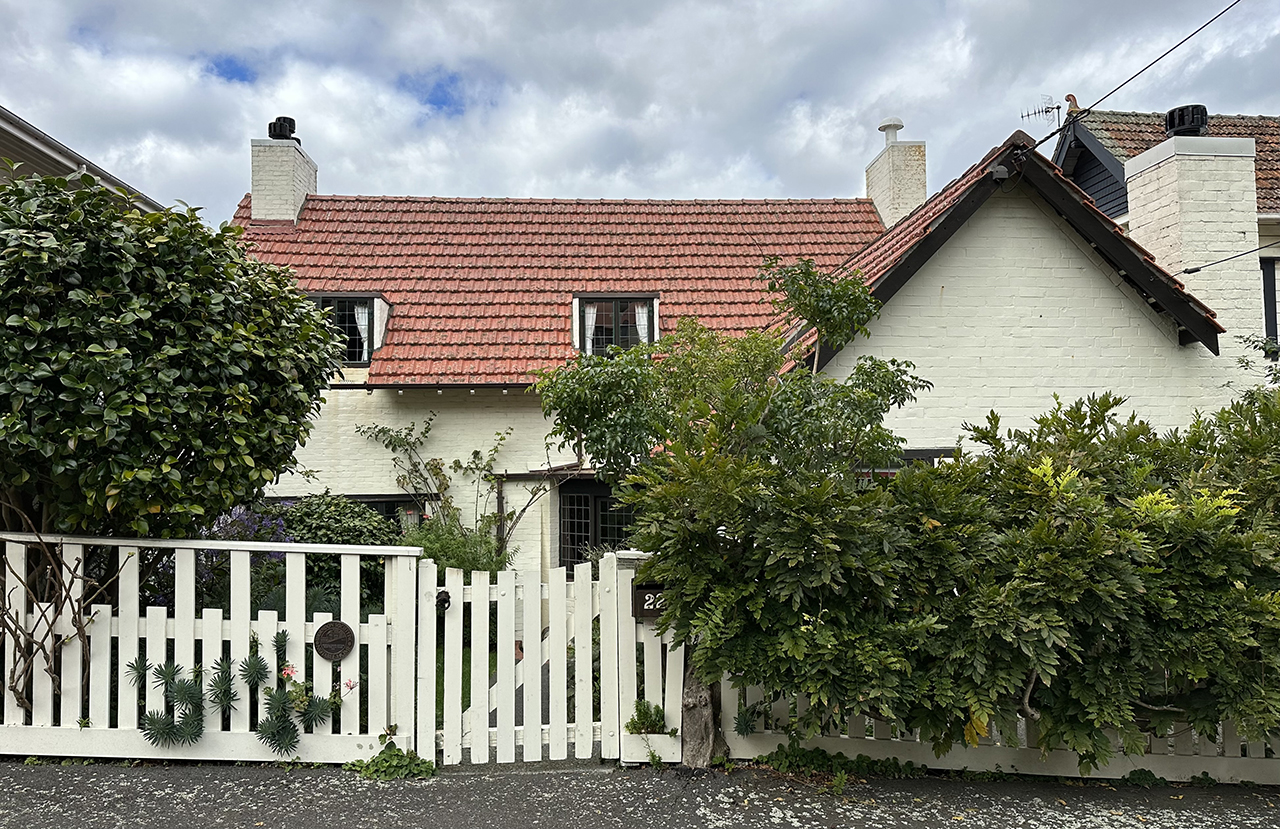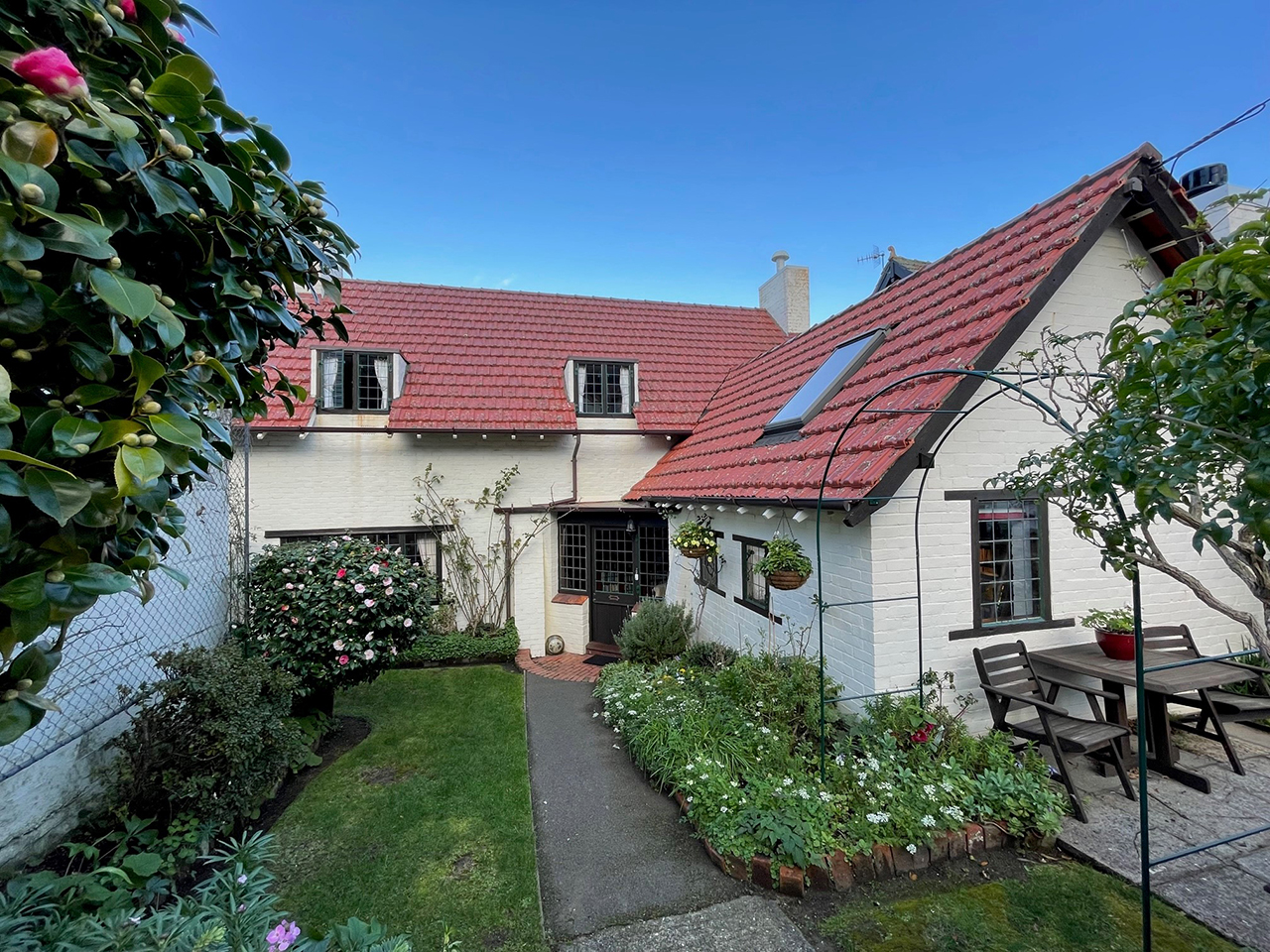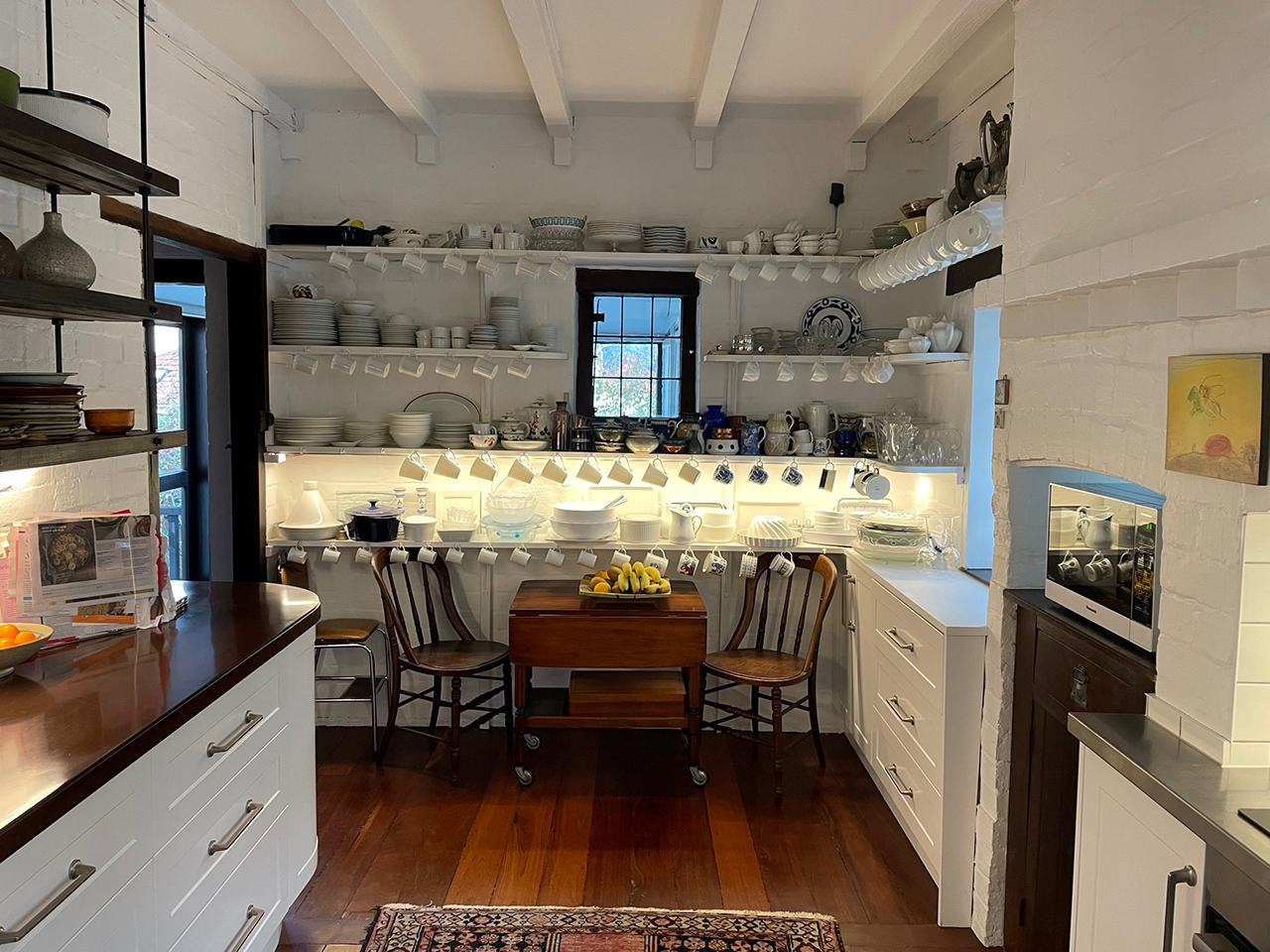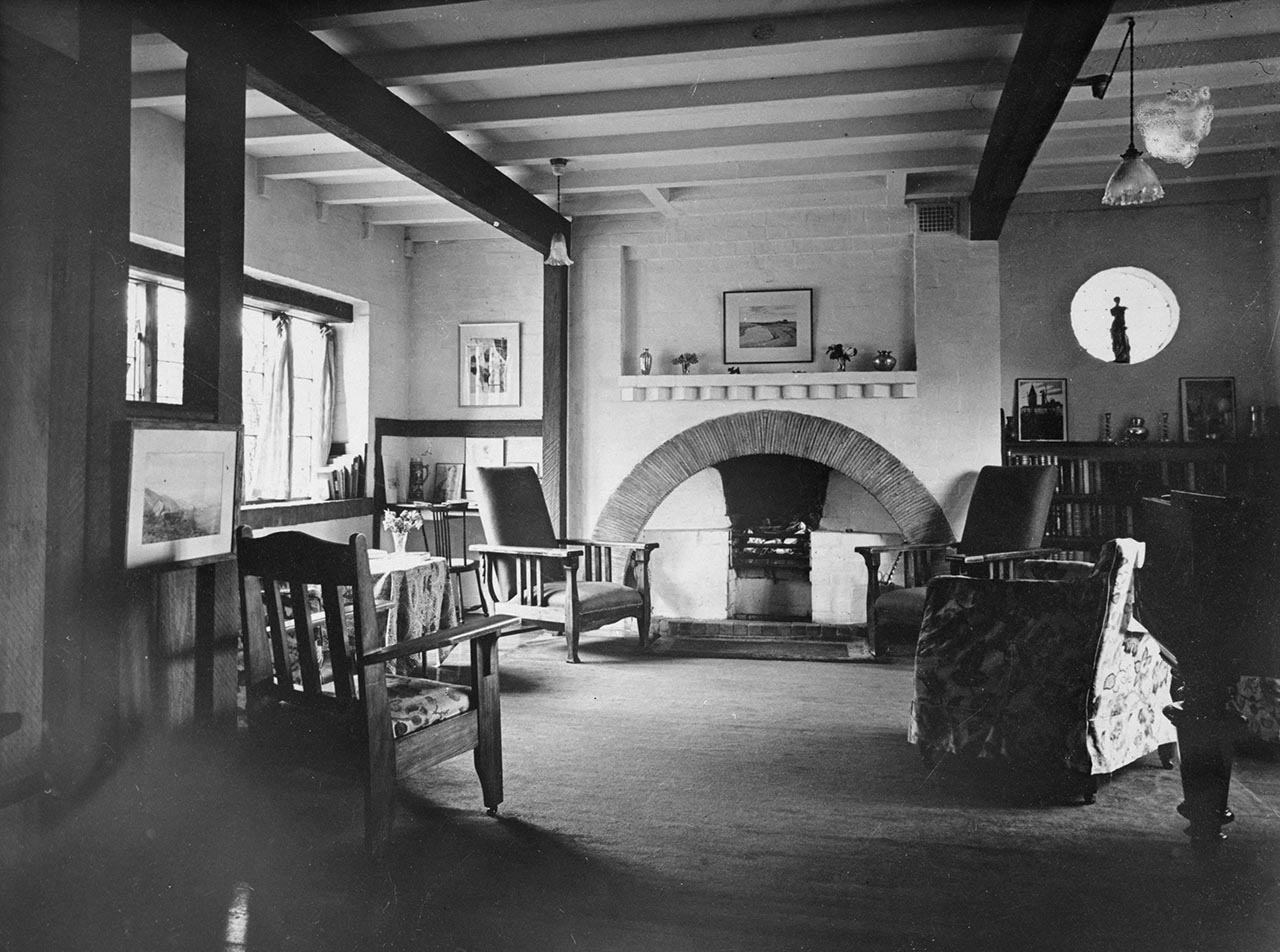Tombs House (Former), a two-storey Arts and Crafts cottage-style house in Burnell Avenue, Thorndon, Wellington, was designed and built in 1910 by renowned architect and craftsman James Walter Chapman-Taylor for printer, publisher, and friend Harry Hugo Tombs (1874-1966). The house has aesthetic, architectural and historical significance for its association with Chapman-Taylor – regarded as a leader in New Zealand’s Arts and Crafts architecture, design and building techniques – during the early stages of his career. The historical significance is enhanced by the association with Tombs who established the first fine arts press in New Zealand. The design and craftsmanship of specific features of Tombs House (Former) have received critical recognition by experts and practitioners in the field. Architectural significance is evidenced by its particular design features including an innovative L-shaped plan. Thorndon has a long history of human occupation. Early tribes that settled around Te Whanganui-a-Tara (‘the great harbour of Tara’) and the south coast included Ngāi Tara, Ngāti Ira, Ngāti Kahungunu, Ngāi Tahu and Ngāti Mamoe. Ngāti Ira was supplanted in the 1820s and 1830s by Te Ātiawa, Ngāti Tama and Ngāti Mutunga, all of whom came south from Taranaki during a period of great upheaval associated with the introduction of Pākehā muskets into te ao Māori. By 1840 those Māori having rights in Wellington Harbour and its foreshore were Te Ātiawa, Ngāti Tama, Taranaki, Ngāti Toa and Ngāti Ruanui, who had migrated there from Taranaki and Waikato during the 1820s. Sites significant to tangata whenua include Pipitea Pā, a large settlement located in today’s Thorndon established by Ngāti Mutunga in 1824 and gifted to Te Ātiawa in 1835. Wellington as a European settlement began in 1839 with the arrival of New Zealand Company officials and settlers. Initially growth was slow, but the settlement flourished after Wellington became the capital, with the flats of Te Aro and Thorndon being the most desirable for housing. By the early 1900s, many of the larger estates in these two suburbs had been subdivided for residences, resulting in new streets. Burnell Avenue, named after Harold Beauchamp’s wife and mother of Katherine Mansfield, nee Annie Burnell Dyer, was created in 1898. The street was extended in 1909 when the William Hort Levin estate was subdivided. Parcels of land were sold in 1910 with Tombs acquiring that which became known as 22 Burnell Avenue. Tombs House (Former) demonstrates Chapman-Taylor’s particular Arts and Crafts style. Sited just below street level, it is a double cavity brick construction, material favoured by Chapman-Taylor for its longevity, insulation, and protection. A steep tiled roof is flanked by chimneys, with two small dormer windows facing the street and two at the rear. The importance of hand-crafted texture in materials is shown by the whitewashed interior brick walls, chamfered and planed dark-stained jarrah woodwork including exposed beams, and the hand-wrought metalwork. Steel casement leadlight windows were finished with deep window ledges edged in red brick. Examples of excellent handcraft include large, wide arched fireplaces in the living room and main bedroom. Chapman-Taylor introduced two design features in this house: an L-shaped plan with an open flow of space on the ground floor and a small, circular window, positioned to light a dark corner of the living room. The Tombs were very social, and the house was designed to accommodate their piano and provide space for musical soirées. The interior also featured a triangular entrance hall, dining alcove, and a second storey on one half of the building, which housed three bedrooms and a bathroom. Chapman-Taylor also designed and provided built-in and movable furniture for the house. Tombs House (Former) has only had two owners since Tombs’ death in 1966. The current owners acquired it in 1980 and undertook alterations soon after to accommodate their young family. In 2016, the owners were granted funding from Wellington City Council for seismic strengthening. The significant features of the house have been preserved and it is regarded as one of Chapman-Taylor’s finest in terms of design and construction capability.




Location
List Entry Information
Overview
Detailed List Entry
Status
Listed
List Entry Status
Historic Place Category 2
Access
Private/No Public Access
List Number
1376
Date Entered
3rd March 1982
Date of Effect
3rd March 1982
City/District Council
Wellington City
Region
Wellington Region
Extent of List Entry
Extent includes the land described as Lot 9 DP 2208 (RT WN189/60), Wellington Land District, and the building known as Tombs House (Former) thereon. Extent does not include the garage building.
Legal description
Lot 9 DP 2208 (RT WN189/60), Wellington Land District
Stay up to date with Heritage this month
